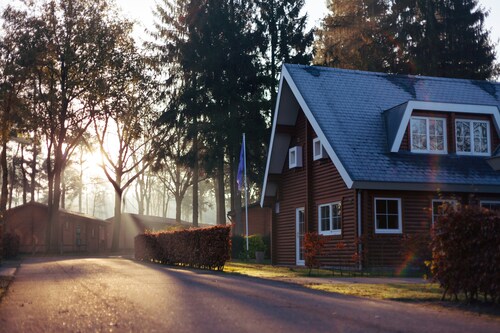Insulation reduces energy costs by keeping indoor temperatures consistent while decreasing airflow through walls, roofs, and floors.
Insulation products made with recycled materials help minimize landfill waste and environmental impact, and cutting energy consumption also means reduced fossil fuel reliance – leading to decreased greenhouse gas emissions and, thus, a smaller carbon footprint.
Continue reading to discover how insulation influences energy-efficient cooling. Afterward, you can click the following link to contact the team at IMS Heating & Air.
Reduced temperature transfer
Thermal insulation can be found around us – from an insulated bag to warm beverages to firefighter protective gear worn during firefighting operations. Thermal insulation’s principle is straightforward: it reduces heat transfer by trapping air layers in layers.
Insulating properties vary among materials. While bulky insulation materials like fiberglass and rock wool may trap air or gas for insulation purposes, radiant barriers and reflective insulation systems employ advanced technology to reflect rather than absorb heat. Denser materials (like wood) tend to perform better as insulators than lighter ones like copper.
Insulated walls, roofs, and floors help lower energy expenses and greenhouse gas emissions, contributing to climate change. When less energy is consumed, fewer fossil fuels need to be burned – saving money so more can be invested in renewables!
Reduced energy consumption
Insulation helps conserve energy by keeping buildings at an acceptable temperature, thus decreasing heating and cooling consumption and saving on heating/cooling bills. The insulation materials or installation savings can often outweigh their initial investment cost.
The best method to determine which insulation would be appropriate for your office or house is to have an examination done. An experienced assessor can use thermal imaging technology to locate areas where most heat escapes your building and recommend types of insulation that will give the best results.
Proper insulation of walls, ceilings, and floors helps minimize energy used to maintain an ideal indoor temperature, reducing electricity or fuel consumption. Insulating also prevents heat loss during winter and unwanted heat gain in summer.
Reduced carbon footprint
Insulation helps a home’s carbon footprint by decreasing energy demand and consumption, decreasing emissions from natural gas, propane, and fuel oil burning that contribute to greenhouse gas emissions, and helping sustain our planet’s ecosystems and environment.
Insulation helps to minimize waste produced by heating and cooling systems, making insulation an invaluable asset to homeowners concerned with environmental impact or those looking to reduce waste in their homes.
Furthermore, many popular insulation materials like fiberglass and cellulose contain recycled content – meaning these insulation products do not contribute to our planet’s growing waste issues.
When considering how insulation impacts the environment, you must select an environmentally-friendly type. There are various insulation products with different levels of embodied carbon emission.
This includes emissions related to creating, transporting, and installing it – such as fiberglass, which has higher emissions levels than non-foam alternatives like wood fiber or cellulose insulation products.
Moreover, a recent study demonstrated cellulose had 210% lower emissions than open-cell spray foam insulation and 44% fewer emissions than fiberglass batts.
Increased comfort
Insulation acts as a buffer between your indoor environment and outside elements, helping regulate temperature while relieving strain from air conditioning units.
By blocking heat from escaping during summer and trapping warmth during winter, insulation helps you reach your desired indoor temperature faster and with less effort, decreasing energy costs while cutting consumption costs significantly.
If you’re having difficulty maintaining an ideal temperature in certain parts of your home, an insulation assessment could be the solution. Lack of proper insulation can create hot and cold spots within living spaces and an increase in heating/cooling bills; insulation will instantly enhance comfort by stopping heat loss through escape routes while keeping an even indoor temperature consistent.
Quality insulation materials often possess a high R-value or resistance to conductive and radiant heat transfer.








